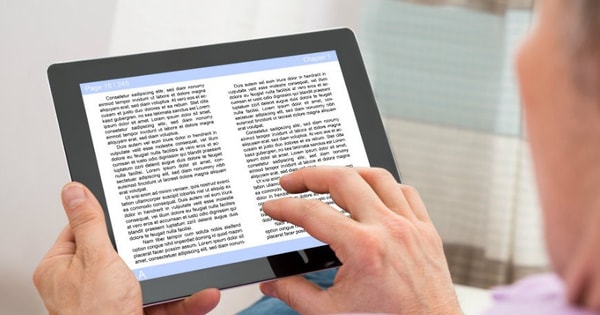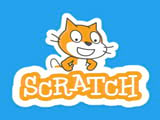How E-Books Are Closing the Digital Divide
Access Without Borders
In towns with no bookshops and schools without enough texts the shift to e-books has been a quiet revolution. Where once only the well-connected could reach certain titles now the right story or research is just a few clicks away. No postage no waiting no heavy bags to carry. It is a library that opens at dawn and never shuts.
Affordable devices and public Wi-Fi have done a lot of the legwork. But the real engine is the ever-growing vault of electronic books. Zlib complements Library Genesis and Anna's Archive by filling in rare titles that might have been lost in the shuffle. Some works once buried in footnotes or forgotten archives now stand with the bestsellers. This change means a student in a rural town can read the same text as a professor in London without a single page torn or missing.
 Picture 1 of How E-Books Are Closing the Digital Divide
Picture 1 of How E-Books Are Closing the Digital Divide
Where Barriers Break
Language used to be a wall. Now it is a window. With e-books many titles are available in more than one language and translation tools are baked right in. Reading across borders becomes possible even for beginners. Whole genres open up that once were locked behind printed editions in limited markets.
Then there is the issue of disability. Physical books do not bend for everyone but e-readers can. Fonts can change sizes screens can speak words aloud and page turns can happen with a tap. For some that tiny adjustment means everything. It is not charity it is equity.
A good moment to look at the ways this shift is showing up in real life:
Students Stay in School
E-books cost less than printed sets which means schools stretch budgets further. Every child can get their own copy of a novel or textbook. That changes how they engage and how they feel about learning.
Libraries Grow Without Walls
Even a small local library can now offer thousands of titles without needing extra space. E-lending means more choice and no waiting list. Readers discover new genres without leaving their sofa.
Learning Becomes Private
Those too shy to borrow certain titles in public can browse freely in digital libraries. Topics once whispered about now feel safe to explore. That includes mental health LGBTQ+ stories or personal histories.
Adults Get a Second Chance
Night workers single parents or people far from formal schools find new ways to grow. E-books fit their schedule and no commute is needed. Lifelong learning becomes a habit not a dream.
Migration Feels Lighter
People moving across borders no longer have to abandon their books. Their culture and language follow them in digital form. That helps with identity and connection in a new place.
The Shape of Knowledge Is Changing
E-books are not just photocopies of paper titles. Some come with layers—notes dictionaries interactive maps or recorded audio from the author. These features are more than extras. They shift how reading works and who gets to engage deeply.
Writers have noticed. Publishing is no longer tied to huge print runs or warehouse storage. A poet in Nairobi can share their work across continents without needing a deal in New York. This opens the field and brings new voices into the room.
Beyond the Divide
The promise of e-books is not about replacing shelves. It is about making sure those shelves are no longer out of reach. What once depended on money or geography now depends on connection and curiosity. That is a powerful shift. Reading used to be something done in corners of silence. Now those corners have grown and they glow softly in the dark.
You should read it
- 7 best tablets for reading digital books
- The first set of books about hackers and network information security in Vietnam is coming soon
- You don't have to study MBA, you just need to read these 7 books!
- These 5 books will help you become a different person
- 10 books 'head pillow' of the world's most famous people
- 24 books that change lives (last part)
- How to delete books from Kindle?
- 10 tips Apple Books need to know to read better
- How to download books from Google Books
- How To Grow Your Practice in a Digital World
- Jim Rohn insists: reading will help you become 'different'.
- Guide to buying Kindle and Audible books on iPhone, iPad
May be interested

What is Destination Host Unreachable? How to fix it

Instructions for installing Scratch offline

How to download and install network card driver for computer, laptop using Ethernet Controller All Main

Instructions for using Chrome Remote Desktop, remote control computer

How to detect viruses using Process Explorer quickly and effectively

Instructions for logging into a Microsoft account on your computer






 7 best tablets for reading digital books
7 best tablets for reading digital books The first set of books about hackers and network information security in Vietnam is coming soon
The first set of books about hackers and network information security in Vietnam is coming soon You don't have to study MBA, you just need to read these 7 books!
You don't have to study MBA, you just need to read these 7 books! These 5 books will help you become a different person
These 5 books will help you become a different person 10 books 'head pillow' of the world's most famous people
10 books 'head pillow' of the world's most famous people 24 books that change lives (last part)
24 books that change lives (last part)